Trochanteric Pain Syndrome After Hip Replacement
Trochanteric pain syndrome after hip replacement. Surgery for greater trochanteric pain syndrome after total hip replacement confers a poor outcome We observed overall poor outcomes significant complications and concerning reoperation rates. The pain may radiate down the outside of the thigh but will not reach the foot. Diagnosing the cause of hip pain in patients with hip arthroplasty can be challenging because of the numerous possible causes of pain and artifacts caused by the prosthetic components on computed tomography and magnetic resonance imaging.
While uncommon trochanteric-pelvic impingement may lead to significant lateral hip pain. Trochanteric bursitis is inflammation swelling of the bursa fluid-filled sac near a joint at the outside lateral point of the hip known as the greater trochanter. Most commonly this involves inflammation of one of the bursae bursitis of the.
Cases with previous joint replacement were associated with the worst outcomes. Most cases respond to conservative treatments with a few refractory cases requiring surgical intervention. Although greater trochanteric pain syndrome often referred to as trochanteric bursitis has no validated definition orthopaedic surgeons know what it is.
Greater trochanteric pain syndrome GTPS is a common cause of lateral hip pain. The trauma and inflammation associated with total hip replacement surgery can also irritate the trochanteric region creating pain with nearly every regular daily activity. Two muscles in the side of the hip the gluteus medius and the gluteus minimus are involved in lifting the leg sideways and stabilizing the hip.
Bursitis is one of the most common causes of hip pain. Greater trochanteric pain syndrome begins with minor damage to the hip joint soft tissue. Traditionally greater trochanteric pain syndrome was thought to be due to inflammation of the greater trochanteric bursa.
Greater trochanteric pain syndrome involves pain in the side of the hip thought to be due to overuse and inflammation of the muscles tendons and other structures in the side of the hip. 4 However imaging studies microscopic examination and surgeries have shown otherwise. Since I had my hip replaced 3 years ago i guess it is trochanteric bursitis dr is not a big talker so skipped on the name.
Morton can give you a steroid injection to help with your soreness and inflammation. Sonography plays an important role in the diagnosis and management of these patients because the soft tissues surrounding the prosthetic joint.
Greater trochanteric pain syndrome GTPS is a clinical diag- nosis of disabling pain localised over the lateral aspect of the hip 1 2 worsened by lying on the affected side.
Symptoms of Trochanteric Bursitis The outside of the hip will feel tender to such a degree that the patient may not be able to sleep on that side. Chronic hip pain such as Greater trochanteric pain syndrome is caused by aggressive hip joint instability. Most cases respond to conservative treatments with a few refractory cases requiring surgical intervention. Greater trochanteric pain syndrome GTPS is a common cause of lateral hip pain. Cases with previous joint replacement were associated with the worst outcomes. 4 However imaging studies microscopic examination and surgeries have shown otherwise. Just got diagnosed with bursitis. The pain may radiate down the outside of the thigh but will not reach the foot. The pain started midly all around the hip with thigh pain as well then got really intensesort like bad flareups that would come and go.
Two muscles in the side of the hip the gluteus medius and the gluteus minimus are involved in lifting the leg sideways and stabilizing the hip. Just got diagnosed with bursitis. 4 However imaging studies microscopic examination and surgeries have shown otherwise. While uncommon trochanteric-pelvic impingement may lead to significant lateral hip pain. Greater trochanteric pain syndrome involves pain in the side of the hip thought to be due to overuse and inflammation of the muscles tendons and other structures in the side of the hip. Trochanteric Pain Syndrome TPS refers to conditions that lead to pain over the greater trochanter of the upper femur thigh bone this is the bony prominence on the outside of the hip. When this bursa becomes irritated or inflamed it causes pain in the hip.

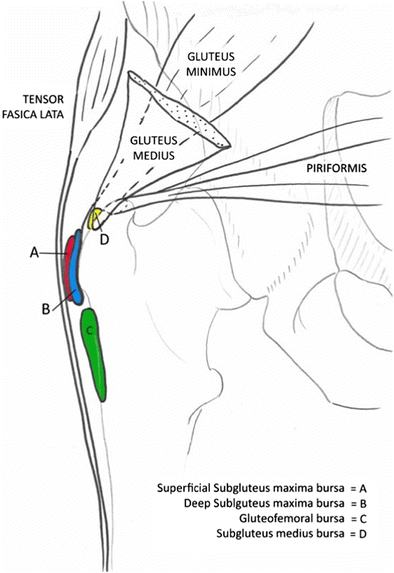

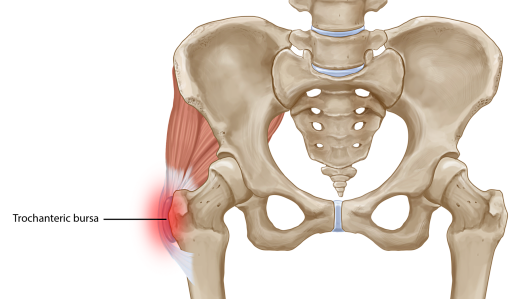
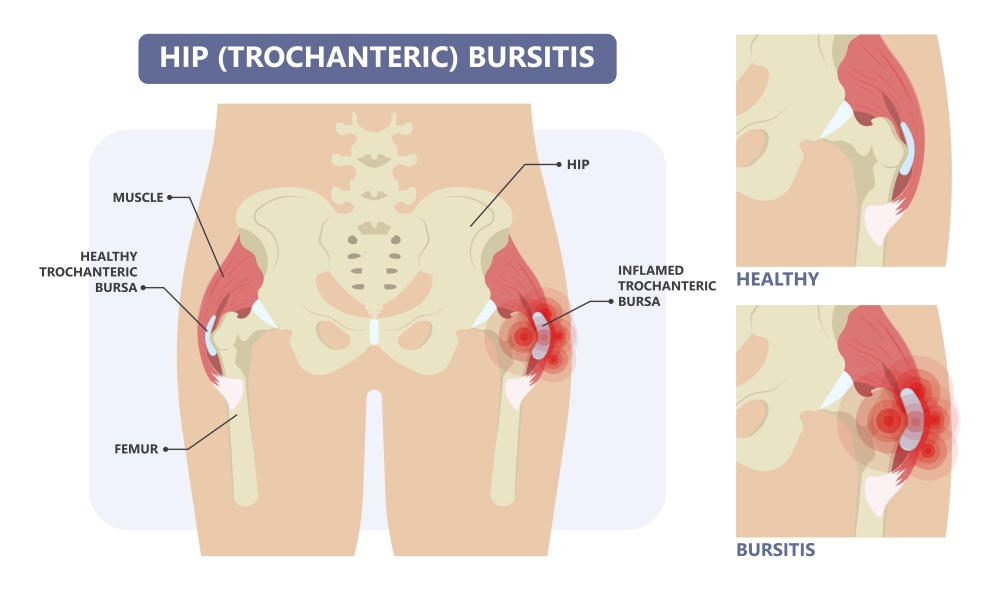

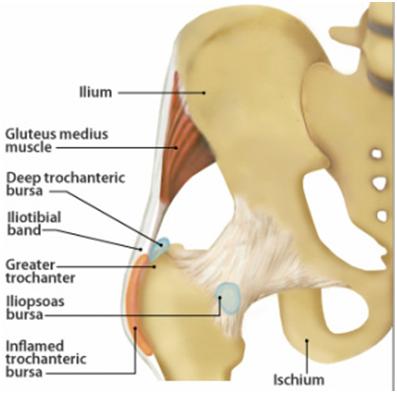

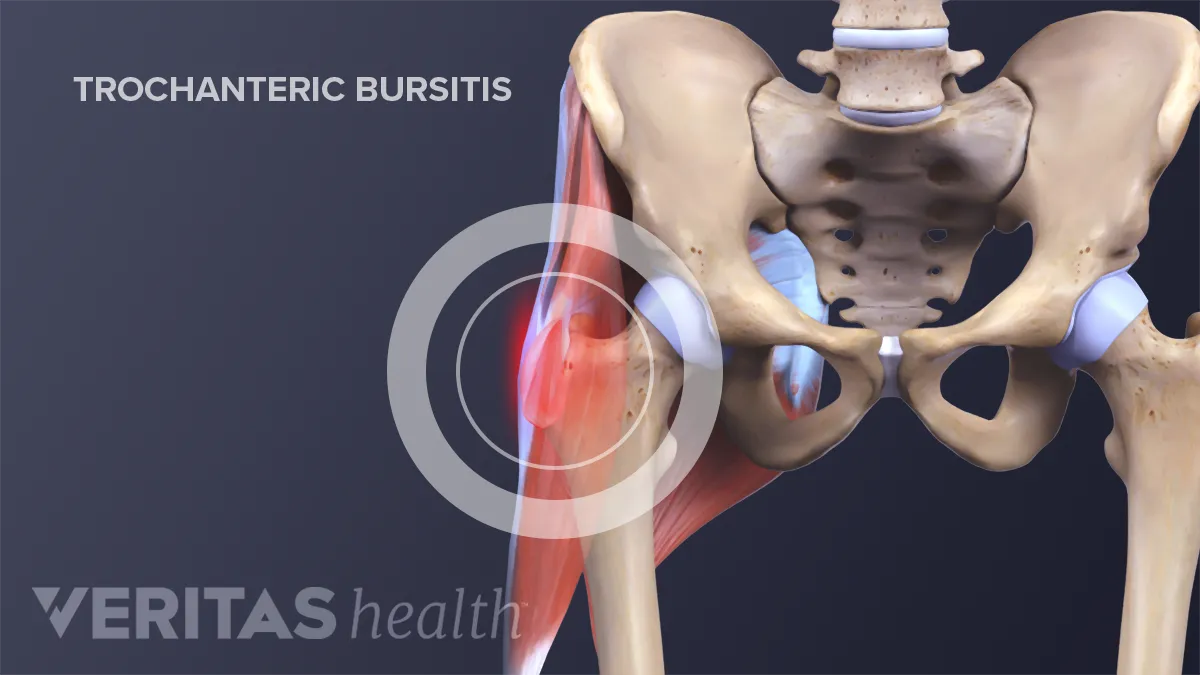
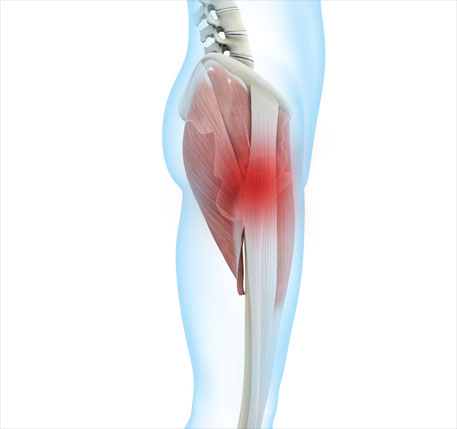




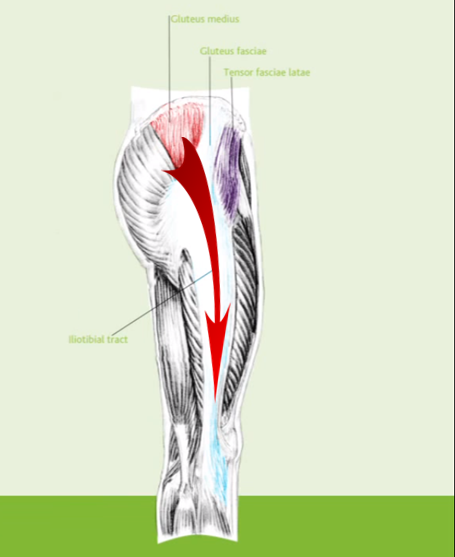


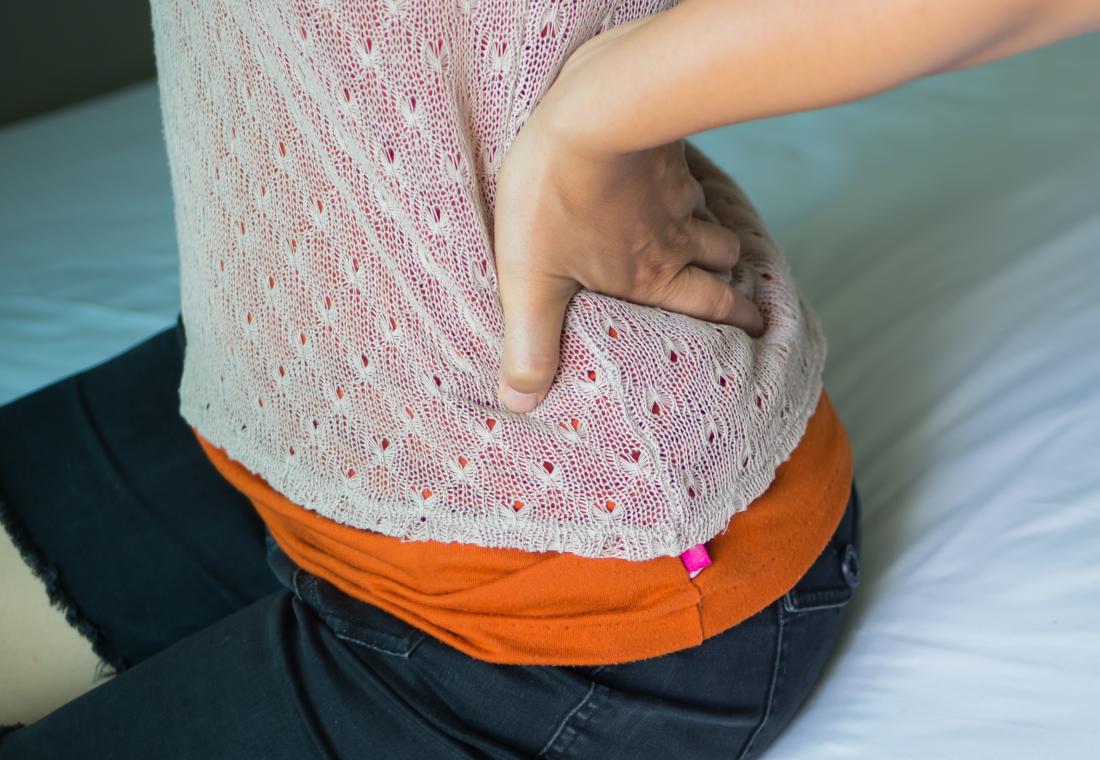
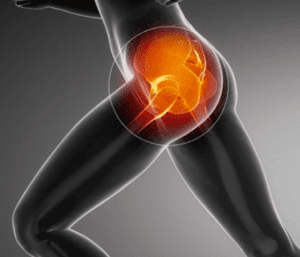

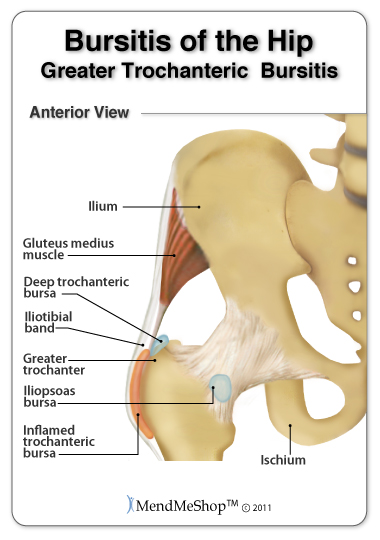







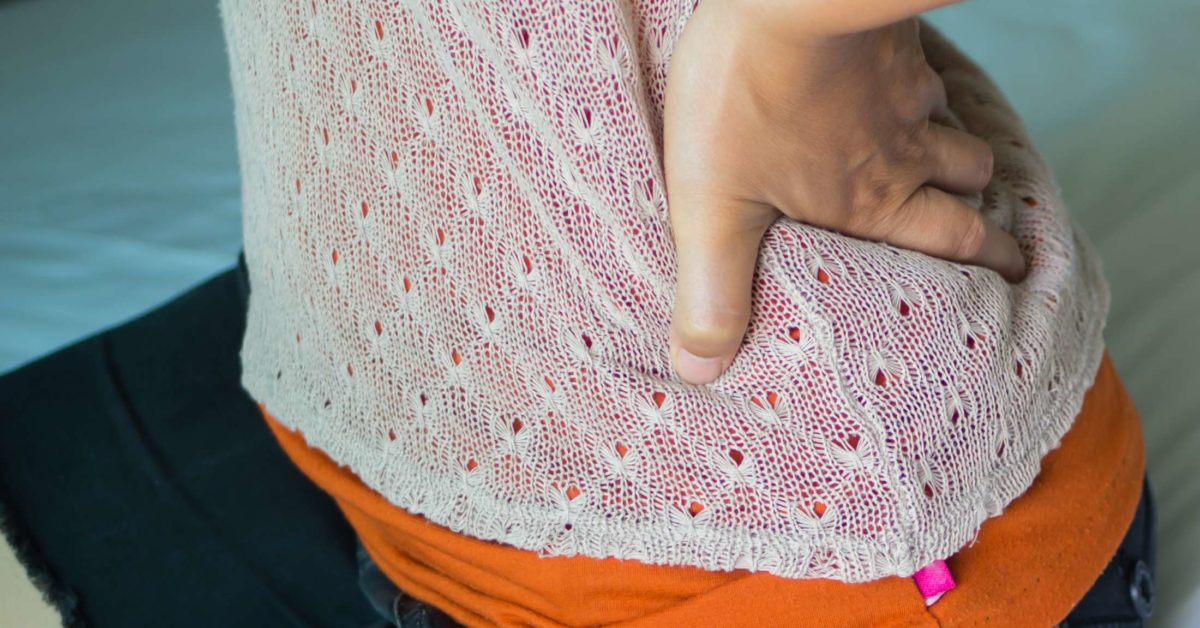

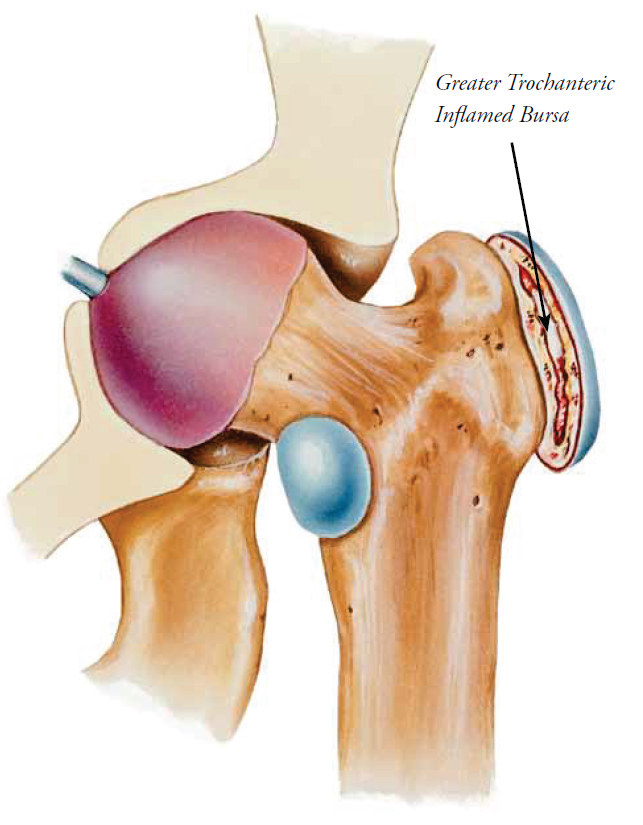
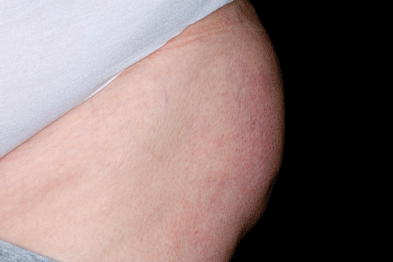




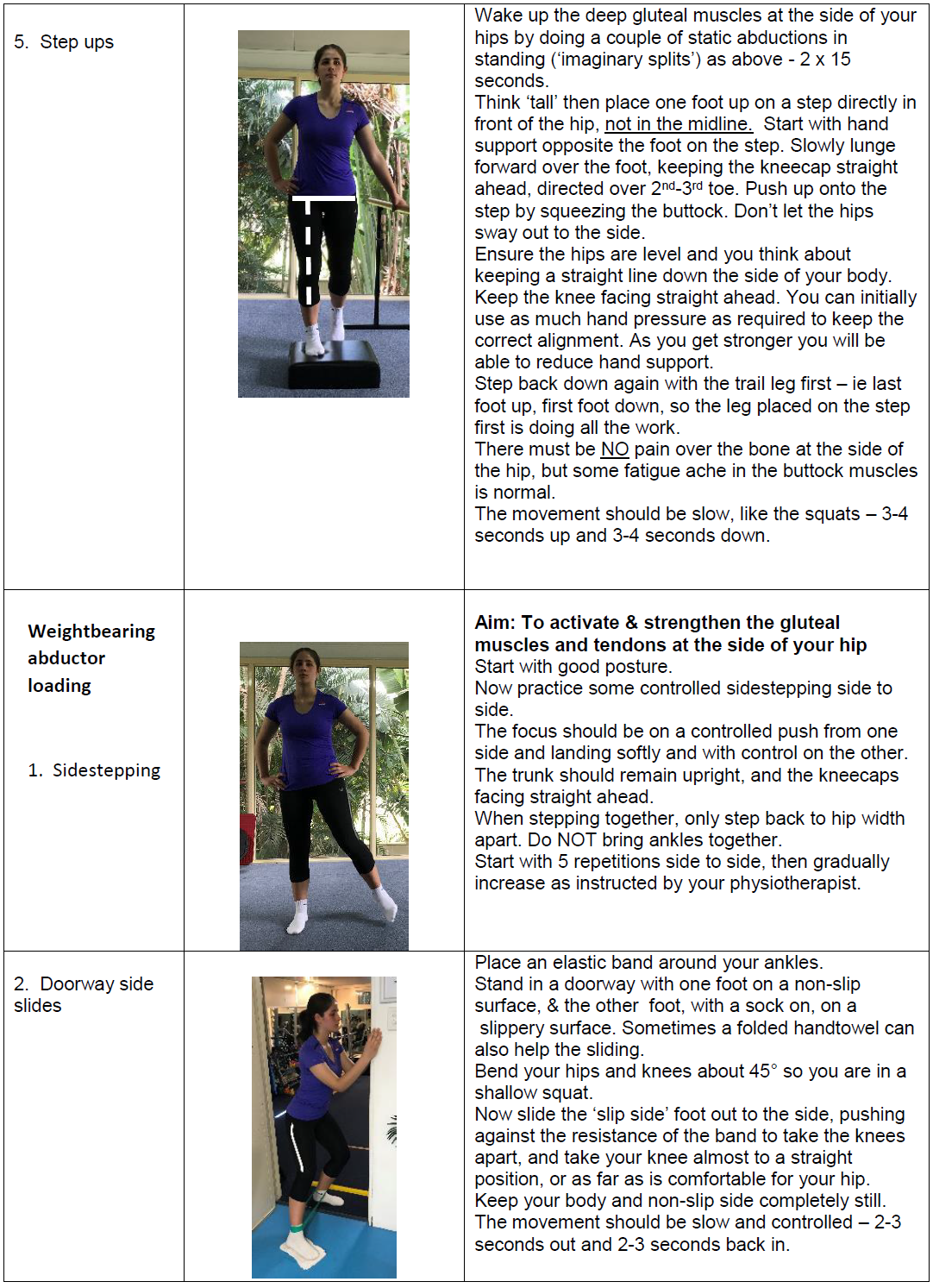

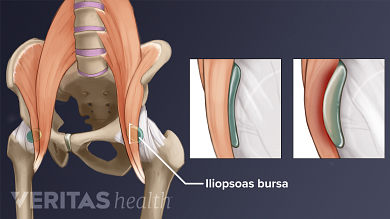




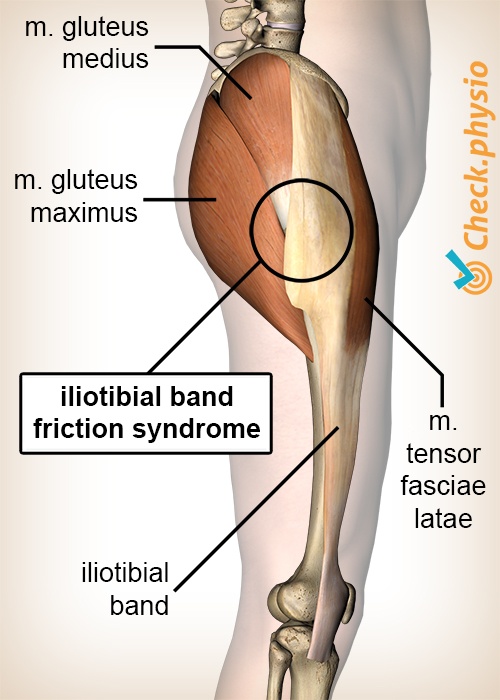
Post a Comment for "Trochanteric Pain Syndrome After Hip Replacement"